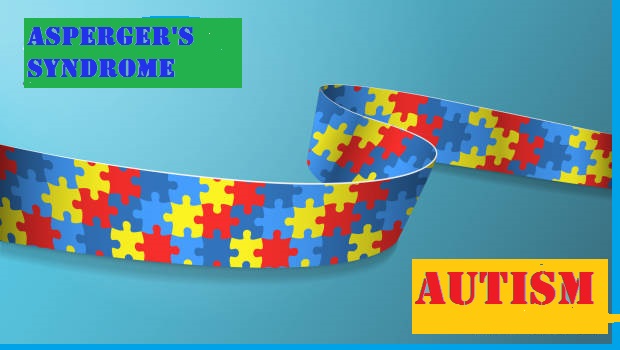This condition was first discovered by Dr. Hans Aspergers, an Austrian paediatrician, in 1944. In 1981, a British psychiatrist, Lorna Wing, published case studies of the same observations made by Dr. Aspergers and titled it ‘Asperger’s Syndrome’. In 1994, Asperger Syndrome was added to the fourth edition of the Diagnostic and Statistical Manual of Mental Disorders (DSM-IV).
It used to be a “stand-alone” condition until 2013, when the DSM-5 placed it under one umbrella diagnosis with autism; hence, the term Autism Spectrum Disorder (ASD). The word spectrum connotes that ASD is made up of a wide range of symptoms, experiences, and severity levels.
Asperger’s Syndrome is a developmental disorder that affects a person’s social communication skills. Many professionals believed that Asperger’s was a milder form of autism, and this led to the term ‘high-functioning’. As we stated previously, most people diagnosed with Level 1 of Autism Spectrum Disorder are said to be high-functioning.
Currently, researchers and professionals still believe that there are some differences between Asperger’s Syndrome and Autism:
- There is rarely a language delay with Asperger’s.
2. Although people with Asperger’s also have difficulties with social skills, they usually want to interact with others whereas people with autism often seem stand-offish.
3. People diagnosed with Asperger’s usually have IQs higher than normal.
4. Whereas autism can be diagnosed as early as 18 months, Asperger’s diagnosis is usually done around the age of 4 years.
5. Asperger’s has less severe symptoms as compared to autism.
Even though some people hold on to these differences, there are similarities between Asperger’s and Autism, hence the one-umbrella-diagnosis within the DSM-5:
- Unusual social interaction skills and passionate interests in specific subjects and topics.
2. They have trouble maintaining eye contact and relationships.
3. They have problems understanding and verbally expressing feelings or emotions. They show little to no response to social and emotional experiences.
4. They follow strict routines and have difficulties with slight changes in routines or daily activities.
5. They may also have sensory disorders.
6. They have trouble understanding social situations and subtle forms of non-verbal communication like facial expressions, humour and sarcasm.
7. Speaking in atypical ways such as with a flat or high tone.
8. Repetitive patterns of behaviour.
There are therapies to support people with Asperger’s in the areas of deficit; some of these therapies include social skills training, behavioural therapy, cognitive behavioural therapy, speech and language therapy, occupational therapy, and special education classes.
As always, seek early intervention!
References:
Jewell, T. (2020). What’s the Difference Between Asperger’s and Autism?
www.autism-society.org/what-is/aspergers-syndrome/
https://www.nationwidechildrens.org/conditions/aspergers-syndrome



